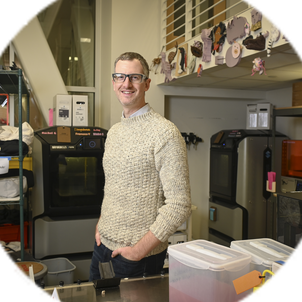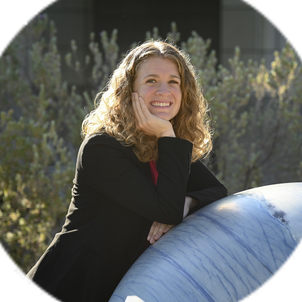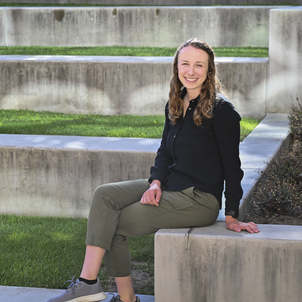They thought the shield that protected the spacecraft from atmospheric heating during re-entry to Earth had been damaged. I’m on a team at NASA that works to improve those heat shields.
My specialty is in testing. I work with a facility called an arc jet where we create an environment that is really hot, similar to the conditions experienced by a spacecraft re-entering Earth’s atmosphere. We use this arc jet to test possible heat shield materials.
When I entered college, I didn’t have a grand plan that I followed to a T. I knew I wanted to work in aerospace, but I didn’t know precisely where I would focus. As an undergrad, I studied aircraft design. As a master’s student, I studied rocket propulsion. I spent two years running computational fluid dynamics simulations to get a better understanding of the physics of rocket engine injectors. It was during that time that I realized I would rather be doing experiments than working on computations. This led me to Stanford to do a PhD in mechanical engineering so I could better understand the workings of systems like spaceships and the components that make them up.
One of the biggest challenges I faced in my academic career were qualifying exams – I failed the first time around. After the exams, my professors told me that they knew I had all of the knowledge I needed, but that I just didn’t show it on the day of my exams. They told me to come back and try again, so I did. The second time around I realized how helpful it can be to study with other people instead of studying off by myself with my nose in a book. The support I found in study groups was huge. I learned a lot about leaning on my network in the face of failure through this experience and I passed my qualifying exams the second time around.
Related spotlights

Dan Somen

Sonia Martin


